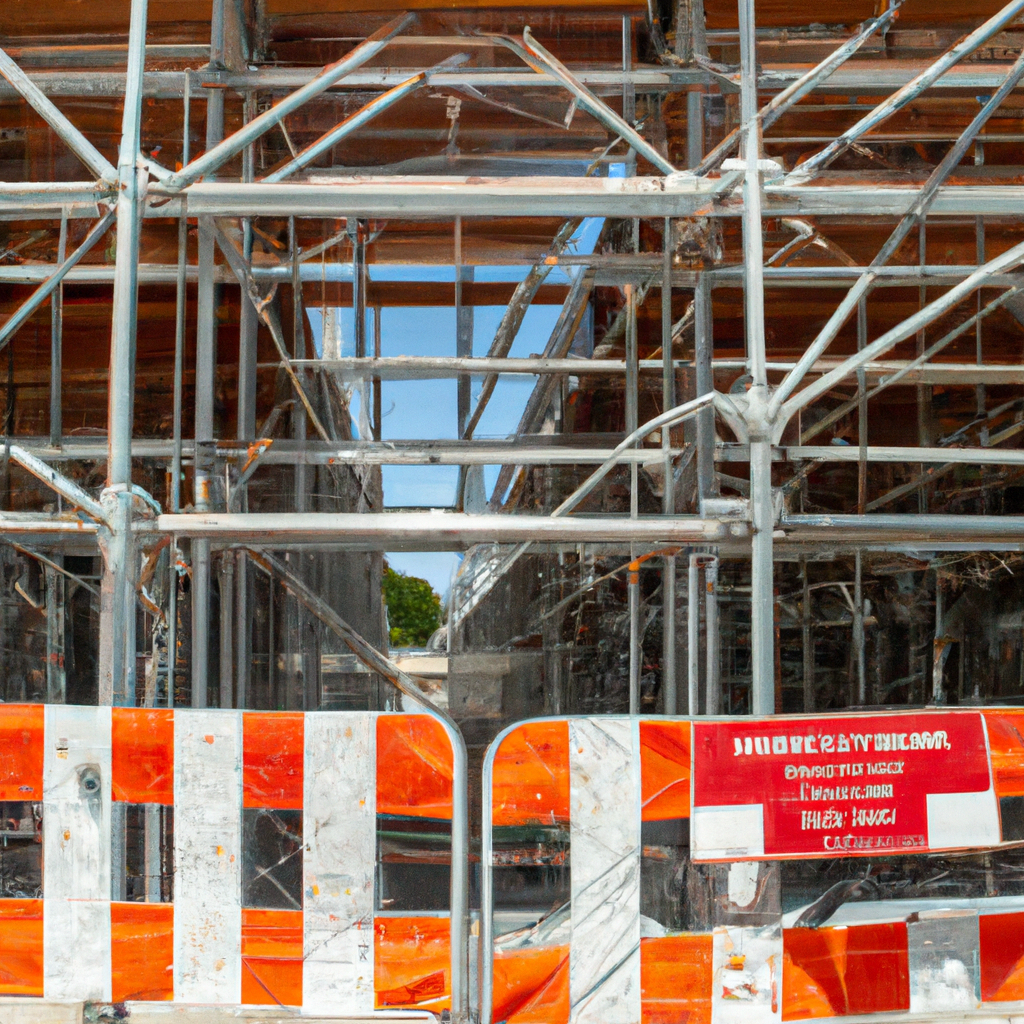Scaffolding construction is an integral part of numerous construction projects, providing a temporary structure that allows workers to access heights and carry out their tasks efficiently. While scaffolding is a critical component, it also poses significant risks if not properly designed, installed, and maintained. In this comprehensive guide, we will explore the hidden dangers associated with scaffolding construction and provide valuable insights on how to ensure safety on the job site. By implementing the best practices outlined here, you can protect your workers, mitigate risks, and promote a safe working environment.

Understanding the Risks
Before diving into the details of safety measures, it is crucial to understand the potential risks associated with scaffolding construction. Falls from heights are the most common and significant hazard in this industry, accounting for a significant number of injuries and fatalities each year. Other risks include structural instability, falling objects, electrocution, and accidents caused by improper use of equipment.
Compliance with Safety Standards and Regulations
To ensure safety in scaffolding construction, it is essential to comply with the relevant safety standards and regulations. These guidelines are designed to protect workers and provide a framework for safe scaffolding practices. Familiarize yourself with the regulations in your region and ensure that all scaffolding activities adhere to these requirements.
Proper Scaffolding Design and Engineering
One of the key factors in ensuring safety is the proper design and engineering of scaffolding structures. Engage qualified professionals who have expertise in scaffolding design to ensure that the structure is sturdy, stable, and capable of supporting the intended loads. Consider factors such as weight distribution, wind loads, and the type of work to be carried out on the scaffolding when designing the structure.
Adequate Training and Competency
Scaffolding construction requires skilled workers who are adequately trained and competent in their roles. Providing comprehensive training programs to your workforce is crucial to ensure they understand the potential hazards and know how to mitigate risks. Training should cover topics such as scaffold assembly, safe use of equipment, fall protection, and emergency procedures.
Regular Inspection and Maintenance
Regular inspection and maintenance are paramount to ensure the ongoing safety of scaffolding structures. Establish a routine inspection schedule and conduct thorough checks before each use. Inspect for signs of wear and tear, loose connections, and any damage that may compromise the integrity of the scaffolding. Maintain detailed records of inspections and promptly address any identified issues.
Appropriate Use of Personal Protective Equipment (PPE)
Personal Protective Equipment (PPE) plays a vital role in safeguarding workers on scaffolding. Ensure that all workers are equipped with the necessary PPE, including hard hats, safety harnesses, non-slip footwear, and high-visibility clothing. Emphasize the importance of wearing PPE at all times and conduct regular checks to ensure compliance.
Effective Communication and Supervision
Clear communication and proper supervision are crucial elements in maintaining a safe working environment. Establish effective communication channels between workers, supervisors, and project managers to ensure that everyone is aware of safety protocols and can report any concerns promptly. Regularly monitor and supervise scaffolding activities to ensure compliance with safety measures.
Conclusion
Ensuring safety in scaffolding construction is a multifaceted process that requires attention to detail, adherence to regulations, and continuous monitoring. By following the guidelines outlined in this article, you can mitigate risks, protect your workers, and promote a culture of safety on your job site. Remember, the safety of your workers should always be a top priority, and investing in comprehensive safety measures is an investment in their well-being and the success of your projects.


